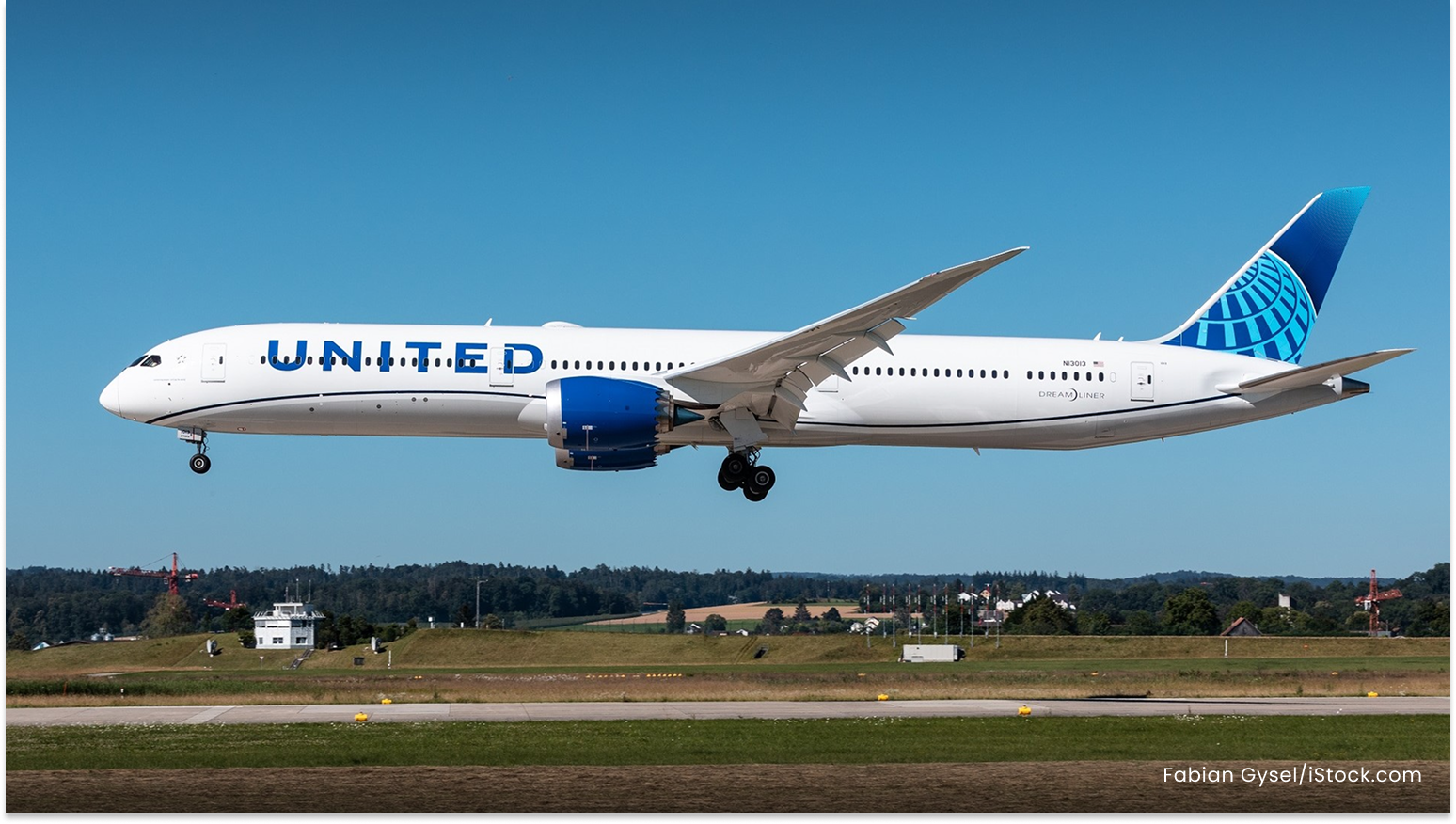How Credit Card Car Rental Insurance Works

A rental car can be a major convenience when traveling, but it also comes with risks. Fortunately, many of the top travel credit cards offer rental car insurance as a built-in benefit, potentially saving you money and hassle at the rental counter.

400+ Credit Cards
Analyzed independently across 50+ data points in 30+ product categories

Reviewed
By a team of credit card experts with an average of 9+ years of experience

Trusted by
More than one million monthly readers seeking unbiased credit card guidance
CardCritics™ editorial team is dedicated to providing unbiased credit card reviews, advice and comprehensive comparisons. Our team of credit card experts uses rigorous data-driven methodologies to evaluate every card feature, fee structure and rewards program. In most instances, our experts are longtime members or holders of the very programs and cards they review, so they have firsthand experience maximizing them. We maintain complete editorial independence — our ratings and recommendations are never influenced by advertiser relationships or affiliate partnerships. You can learn more about our editorial standards, transparent review process and how we make money to understand how we help you make informed financial decisions.
But how does credit card rental car insurance work? Understanding the fine print can help you determine what your credit card actually covers and whether it provides you with the protection you need.
How Does Credit Card Rental Car Insurance Work?
Credit card rental car insurance, also known as collision damage waiver or loss damage waiver, can provide financial protection if your rental vehicle is damaged or stolen. It may also cover related costs, such as towing charges and loss-of-use charges assessed by the rental agency.
To take advantage of your credit card’s rental car coverage, simply use the card to pay for the full cost of the rental and decline coverage from the agency.
Depending on the structure of your benefit, however, coverage may be primary or secondary, which affects whether your credit card insurer pays first or only after your personal auto insurance. Additionally, some cards have exclusions and limitations that may impact your coverage.
What’s Covered vs. Not Covered?
Credit card rental car insurance coverage may vary depending on the card you choose. In general, though, here are some things that may be included:
- Collision and theft coverage: This covers the cost to repair or replace a vehicle if it’s damaged in a collision or stolen, up to a certain limit.
- Towing charge coverage: If your rental car was towed, this kicks in to help you recover the vehicle.
- Loss-of-use charge coverage: The rental car agency may seek compensation for lost revenue while the vehicle is being repaired or replaced. This will cover those fees.
That said, your credit card likely won’t cover the following:
- Injuries and property damage you may cause in an accident
- Mechanical breakdown of the rental car
- Medical bills related to the crash
- Personal belongings that are damaged or stolen
- Exotic cars, antique vehicles, cargo vans and certain other vehicles
- Certain countries may be excluded
- Longer rentals (coverage terms may be limited to a month or less)
Before you use your card’s rental car insurance benefit, it’s important to carefully review the benefits guide to understand what is and isn’t included.
Primary vs. Secondary Coverage
Most credit cards offer secondary coverage, but some premium travel cards, such as the Chase Sapphire Preferred® Card, Chase Sapphire Reserve® and Capital One Venture X Rewards Credit Card*, offer primary coverage. Here’s the difference between the two:
- Secondary coverage: With this type of coverage, you’ll need to first file a claim with your personal auto insurance policy. The credit card benefit will cover anything your personal policy doesn’t, which may be limited to your deductible.
- Primary coverage: With primary coverage, you don’t need to file a claim with your personal car insurance provider, at least not for collision damage. Having a card with primary coverage can help you avoid a deductible and potential rate hikes on your personal policy.
It’s important to note that a card with secondary coverage may be converted to primary coverage if you don’t have a personal auto insurance policy, or if your personal policy doesn’t extend to the country you’re visiting.
Credit Cards That Offer Rental Car Insurance
A lot of credit cards offer rental car insurance in one form or another. With that said, here are some you may want to consider as you prepare for your next vacation.
Primary Coverage
Chase rental car insurance is primary for a handful of its products, such as the rental insurance on the Chase Sapphire cards, but few other cards offer the perk:
| Card Name | Coverage Limit | Annual Fee |
| Capital One Venture X | $75,000 | $395 |
| Chase Sapphire Preferred Card | $60,000 | $95 |
| Chase Sapphire Reserve | $75,000 | $795 |
| United℠ Explorer Card | $60,000 | $0 intro annual fee for the first year, then $150 |
| United Quest℠ Card | $60,000 | $350 |
| United Club℠ Card | $60,000 | $695 |
It’s also important to note that American Express allows eligible cardholders to enroll in its premium car rental protection program, which offers primary coverage for just $19.95 or $24.95 for the full rental period, depending on the type of coverage you want.
Before I had a card with primary coverage, I regularly used this program to get a little extra peace of mind.
Secondary Coverage
Many cards from both major and minor card issuers offer secondary coverage. One glaring exception is Discover rental car insurance, which the card issuer dropped several years ago. However, here are some other options to consider:
| Card Name | Coverage Limit | Annual Fee |
| American Express® Gold Card (an advertising partner) | $50,000 | $325 |
| Bank of America® Premium Rewards® credit card | Does not disclose | $95 |
| Capital One Venture Rewards Credit Card | No stated limit | $95 |
| Chase Freedom Unlimited® | $60,000 | $0 |
| Citi Strata Premier® Card (an advertising partner) | No stated limit | $95 |
| American Express Platinum Card® (an advertising partner) | $75,000 | $895 |
| U.S. Bank Shield™ Visa® Card | No stated limit | $0 |
| Wells Fargo Autograph Journey℠ Card | $50,000 | $95 |
Does Credit Card Rental Car Insurance Include Liability Coverage?
While credit card rental car insurance can save you tens of thousands of dollars on repairs, it doesn’t protect you from a potentially greater risk: liability.
Liability insurance covers you if you’re responsible for an accident that causes injuries to other people or damage to their property, including their vehicle. Depending on the severity of the accident and potential legal action, liability costs can climb into the hundreds of thousands.
If you’re traveling within the U.S. or Canada and have a personal car insurance policy, your liability insurance may cover you. However, if you’re traveling to another country, it may be wise to purchase supplemental liability insurance to minimize your risks.
For the car rental loss and damage insurance on the American Express® Gold Card, Car Rental Loss and Damage Insurance can provide coverage up to $50,000 for theft of or damage to most rental vehicles when you use your eligible Card to reserve and pay for the entire eligible vehicle rental and decline the collision damage waiver or similar option offered by the Commercial Car Rental Company. This product provides secondary coverage and does not include liability coverage. Not all vehicle types or rentals are covered. Geographic restrictions apply. Eligibility and Benefit level varies by Card. Terms, Conditions and Limitations Apply. Please visit americanexpress.com/benefit sguide for more details. Underwritten by AMEX Assurance Company.
For the car rental loss and damage insurance on the American Express Platinum Card®, Car Rental Loss and Damage Insurance can provide coverage up to $75,000 for theft of or damage to most rental vehicles when you use your eligible Card to reserve and pay for the entire eligible vehicle rental and decline the collision damage waiver or similar option offered by the Commercial Car Rental Company. This product provides secondary coverage and does not include liability coverage. Not all vehicle types or rentals are covered. Geographic restrictions apply. Eligibility and Benefit level varies by Card. Terms, Conditions and Limitations Apply. Please visit americanexpress.com/benefitsguide for more details. Underwritten by AMEX Assurance Company.
*For Capital One products listed on this page, some of the benefits may be provided by Visa® or Mastercard® and may vary by product. See the respective Guide to Benefits for details, as terms and exclusions apply.
The information related to United℠ Explorer Card, United Quest℠ Card and United Club℠ Card and Chase Sapphire Reserve® was collected by CardCritics™ and has not been reviewed or provided by the issuer of this product/card. Product details may vary. Please see issuer website for current information. CardCritics™ does not receive a commission for these products.
Frequently Asked Questions About Credit Card Car Rental Insurance
Does my personal auto insurance cover me in a rental car?
If you’re traveling within the U.S. or Canada and have a personal auto insurance policy, it may extend to your rental car. Keep in mind, though, that a claim could raise your insurance premium.
Do credit cards really cover rental car insurance?
To a degree, yes. While a credit card won’t give you all the same coverages you can get through a rental agency or your personal policy, you can get protection for damage or theft to your rental car, along with some related expenses.
Is it better to pay for a rental car with a credit card?
There are a few reasons to consider paying for a rental vehicle with your credit card. First, rental agencies typically place a hold on your card for the amount of the rental. If you use your debit card, those funds aren’t available for other expenses, such as regular bills.
Second, a credit card may offer rewards, insurance coverage and other benefits to elevate your overall travel experience and save you some money.
Finally, some rental car agencies may not accept debit cards, forcing you to use a credit card instead.
What happens if you don’t have car insurance to rent a car?
If you rent a car without insurance coverage of any kind, you may be on the hook for any damages incurred if you get in an accident or the vehicle gets stolen.












